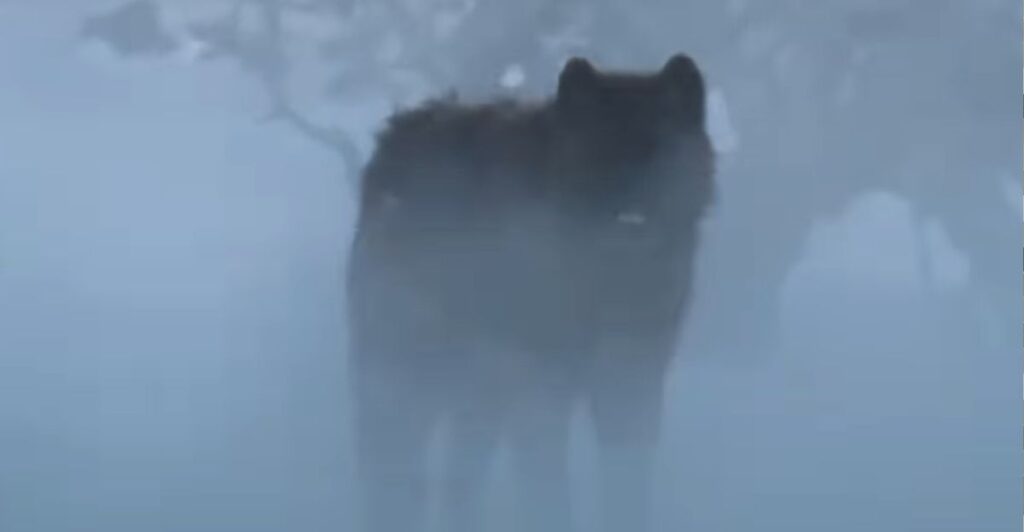
Yellowstone has had a long and complicated history with wolf populations – like many other places in America. Thankfully, conservation efforts have been on the rise for the last few decades, trying to reintroduce and repopulate regions where wolves have nearly died out. This effort has had positive effects, including a unique type of wolves reappearing to the area.
History With Wolves
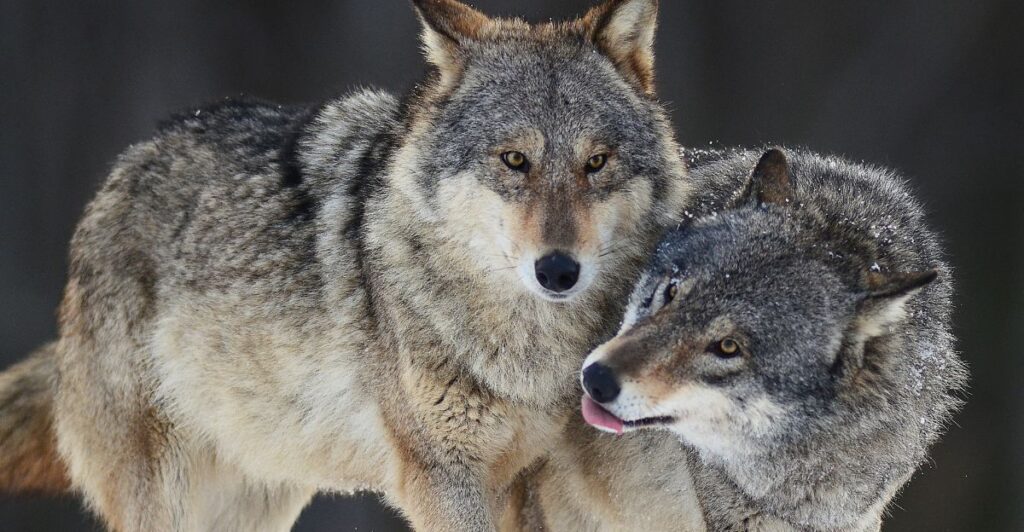
Yellowstone once had a thriving wolf population, but due to hunting and habitat loss, wolves were nearly wiped out of the region in the early 1900s. Wolves are an exceptionally important part of the ecosystem, and without them, an imbalance was caused. Elk and deer populations erupted, which caused damage to the local vegetation.
Being Reintroduced
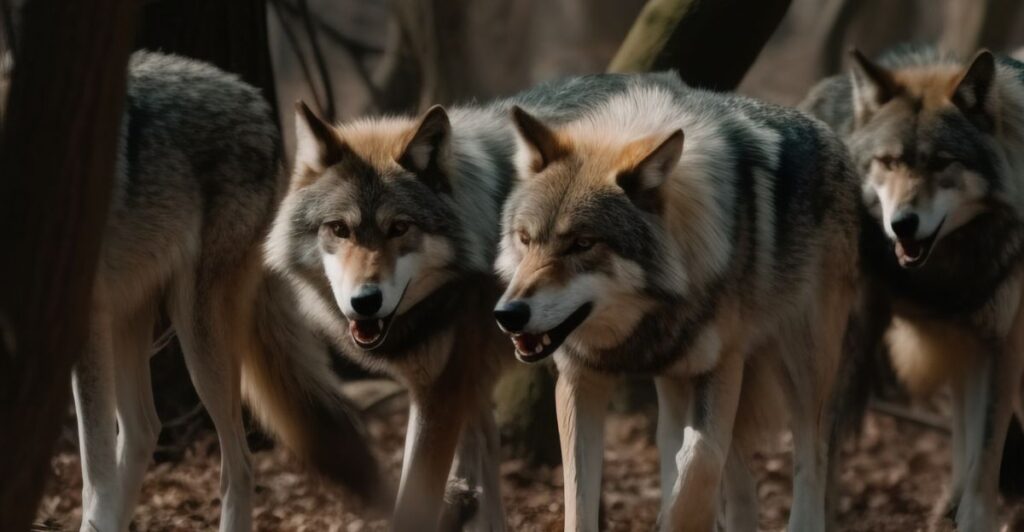
After considerable planning, wolves were reintroduced into Yellowstone in the mid 1990s. The ecosystem had been suffering and the aim of the project that the wolves would rebalance their new environment. Thirty-one wolves migrated from Canada to Yellowstone, which was one of the first cases in history.
Making A Difference
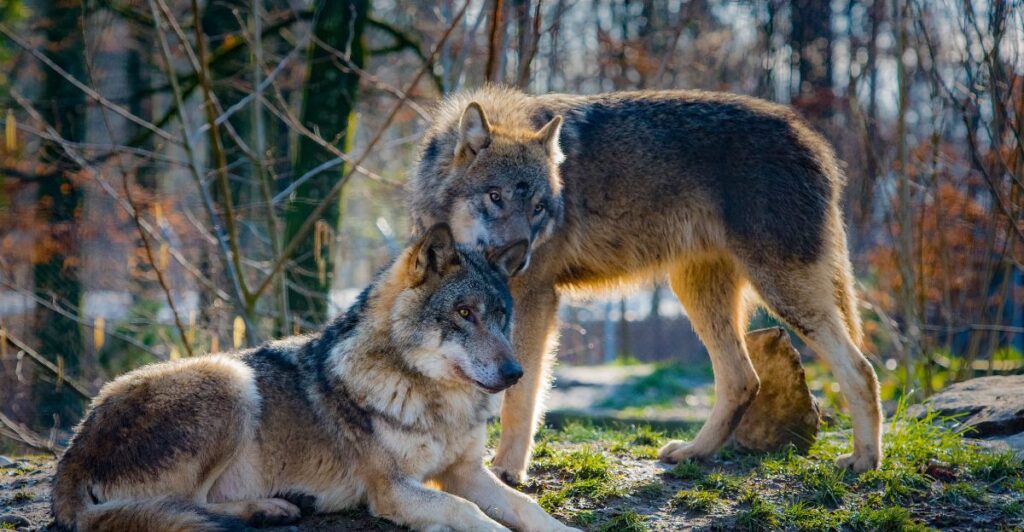
After 30 years of being in the part, there’s a notable difference since the wolves’ reintroduction. Vegetation in Yellowstone has had a chance to repopulate without overgrazing caused by a rampant population of deer and elk. Others species have thrived with the vegetation such as beavers and birds.
Conservation Paying Off
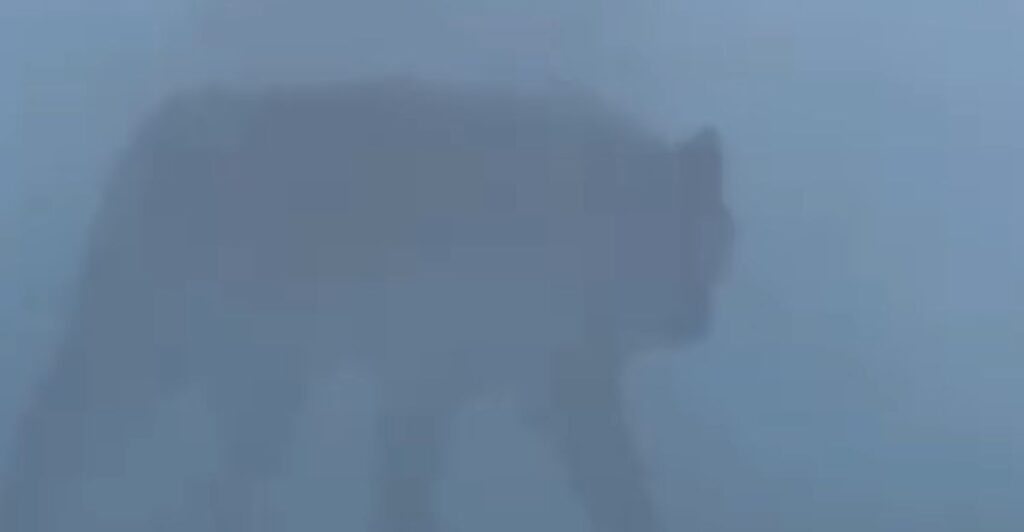
The conservation project cost around thirty million dollars over the years, but it’s more than paid for itself with tourism now bringing in around 35 million dollars annually. With with so many tourists in the region, they’ve spotted something that hasn’t been seen for potentially hundreds of years – a black wolf.
Not A Common Sight
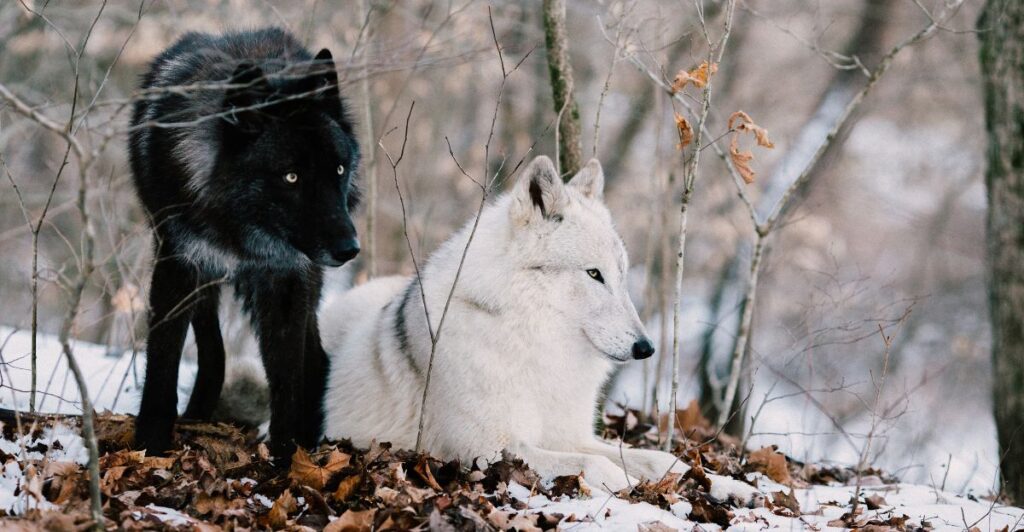
Black wolves are not a common sight in European wolves due to a lack of diversity, but the unique fur color has an interesting history wrapped up in domesticated dogs. This has culminated in the sighting of one exceptional specimen.
A Genetic Mutation
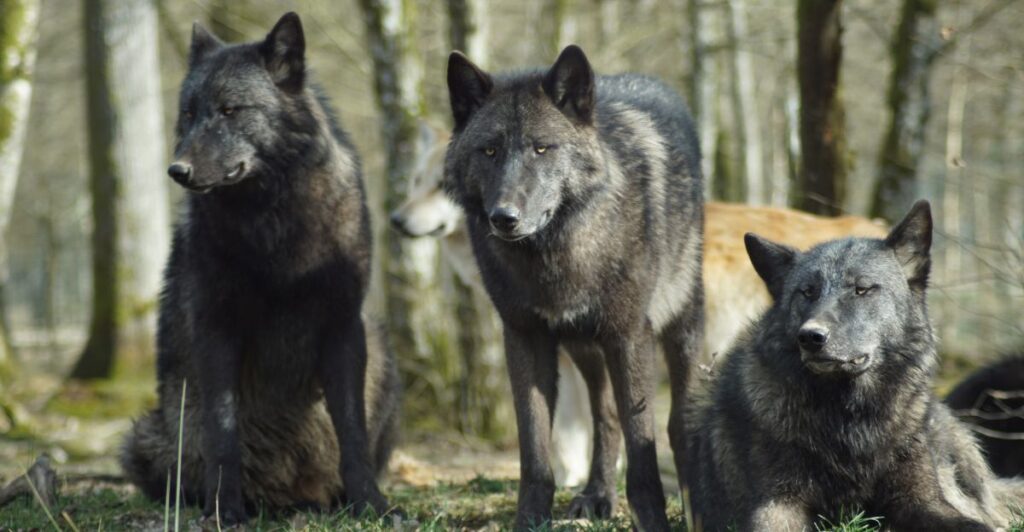
The genetic mutation is thought to have been passed on from dogs with black fur that mated with wild wolves around 7000 years ago. These exceptionally beautiful animals would have been around in Yellowstone hundreds of years ago, and now they are making a comeback.
A Significant Sighting
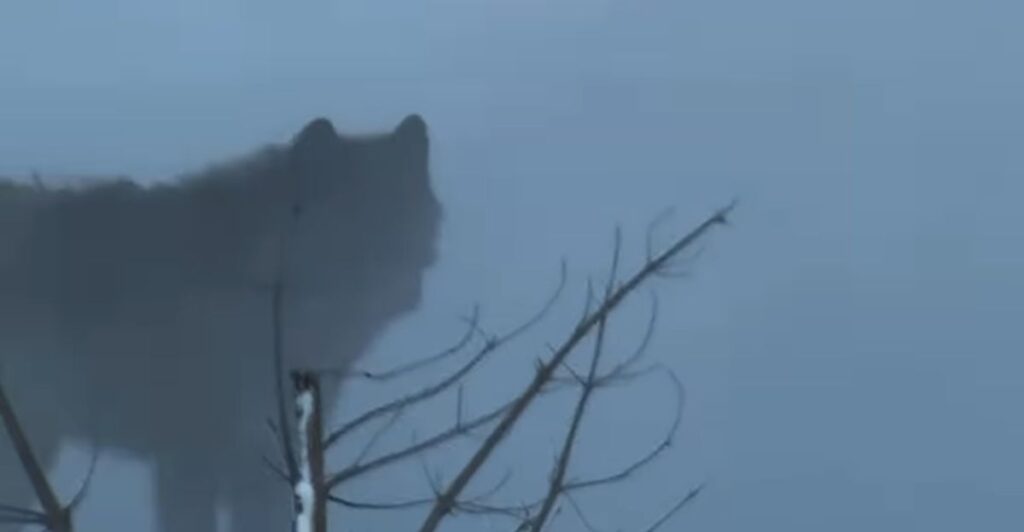
Recently, a guide was walking through Yellowstone on a Monday morning when he had a chance encounter with what he called the “Ghost” Wolf. Bo Welden commented, “A black wolf walking on a geothermal boardwalk while steam from a nearby hot spring shrouds the rest of the pack behind. I could not believe what I was seeing!”
The Ghost Wolf
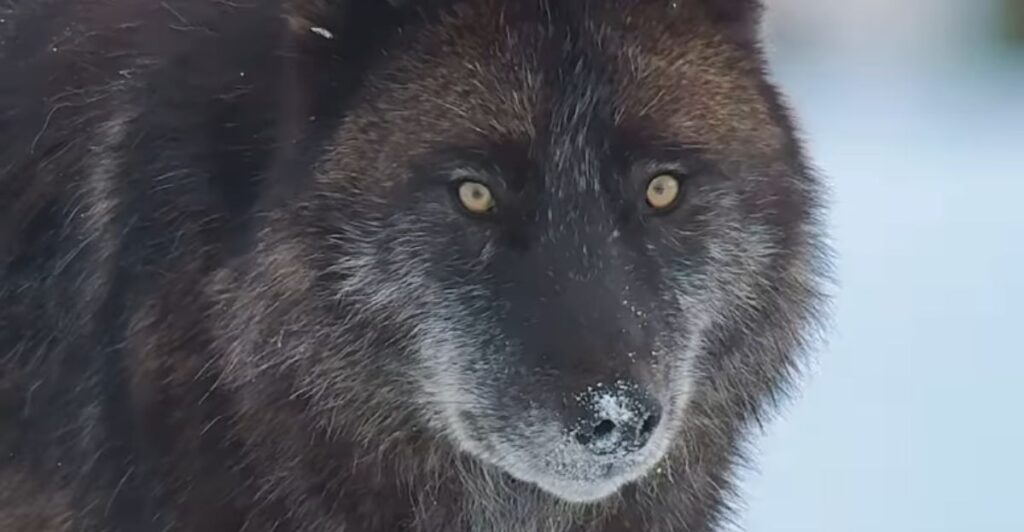
Welden’s footage that he uploaded to Instagram shows the Ghost Wolf staring directly at the camera. The steam obscuring the wolf makes for a majestic and jaw-dropping sight. With the wolf population mostly recovered, more sightings of both black wolves and grey wolves are only going to become more frequent.
Other Sightings
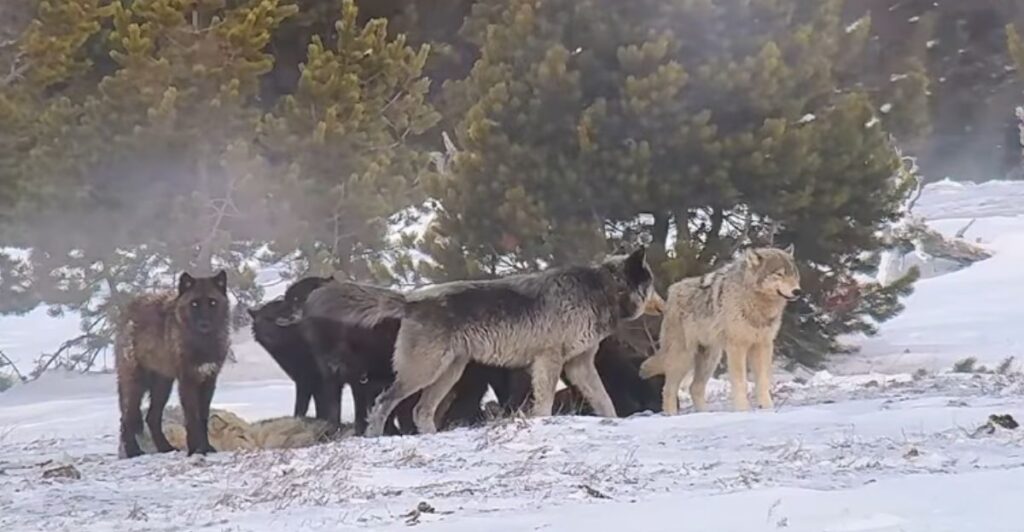
Since Welden’s chance encounter with the Ghost Wolf, he has uploaded more sightings of wolves in the interior of Yellowstone. In his newest footage, a wolf pack with more than one example of a black wolf are present. He commented on his post, “Even as a guide I know that THIS morning was something that I may never get to see again. Since I don’t spend very much time in the interior of Yellowstone in the winter I was so thrilled that the Wapiti Lake pack showed themselves.”
The Significance Of The Sightings
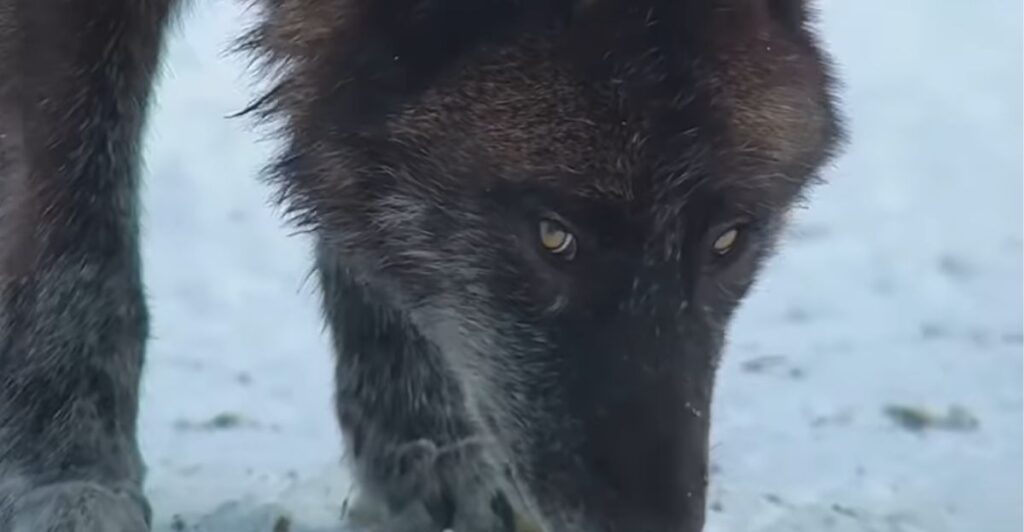
With these wolf sightings, it only confirms that the wolf recovery project was a success. Protection for these wonderful animals has gained traction, and the wolf population is under the Endangered Species Act of 1973. This means harming a wolf can lead to jail time or a hefty fine.
Future Conservation
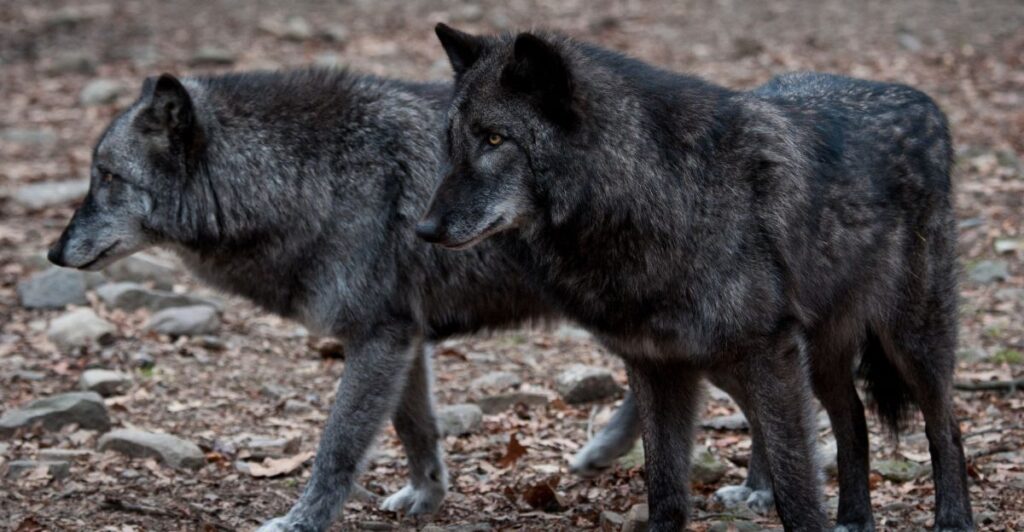
Despite the wolves’ population becoming more stable, there is still a way to go before they aren’t endangered. Conservationists have been pushing for more federal, state, and local cooperation to ensure that the wolves can be given the time and space to recover completely.
A Crucial Species
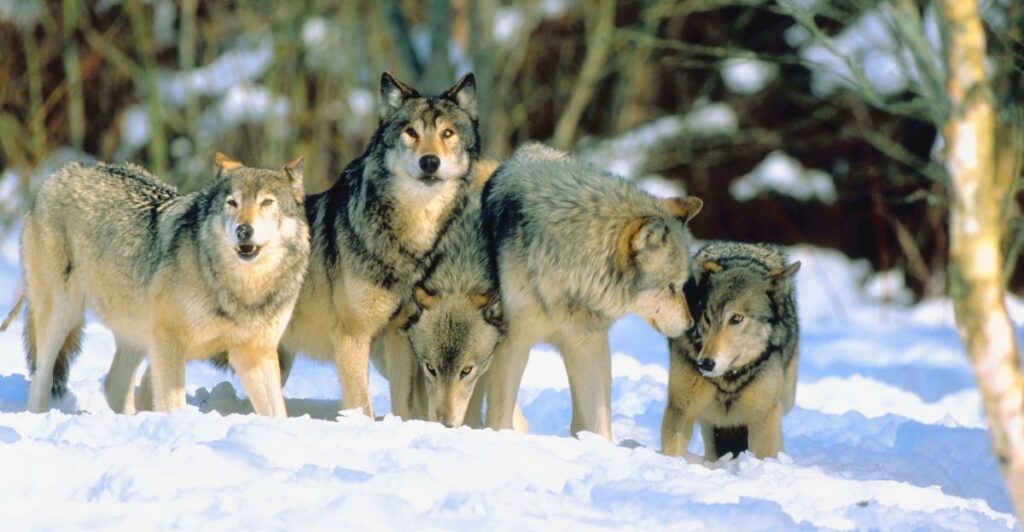
The return of the Ghost Wolf and its brethren shows hope that there could be a time in the future when wolves will no longer be threatened. We’ve seen the negative ecological effects that ecosystems undergo in their absence, which only solidifies the species as a crucial component in their environment.
Discover more of our trending stories and follow us to keep them appearing in your feed

California Is Breaking Apart: A Fault Line Is Forming Faster Than Anyone Predicted
After 800 Years of Silence, This American Volcano Shows Signs of Activity
The War on Cows Is Over—And Green Extremists Have Lost
Hurricane-Like Bomb Cyclone Set to Impact These 8 States
References:
Reference 1
Reference 2
Reference 3
This article first appeared here
Stay connected with us for more stories like this! Follow us to get the latest updates or hit the Follow button at the top of this article, and let us know what you think by leaving your feedback below. We’d love to hear from you!







